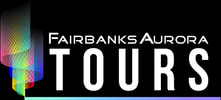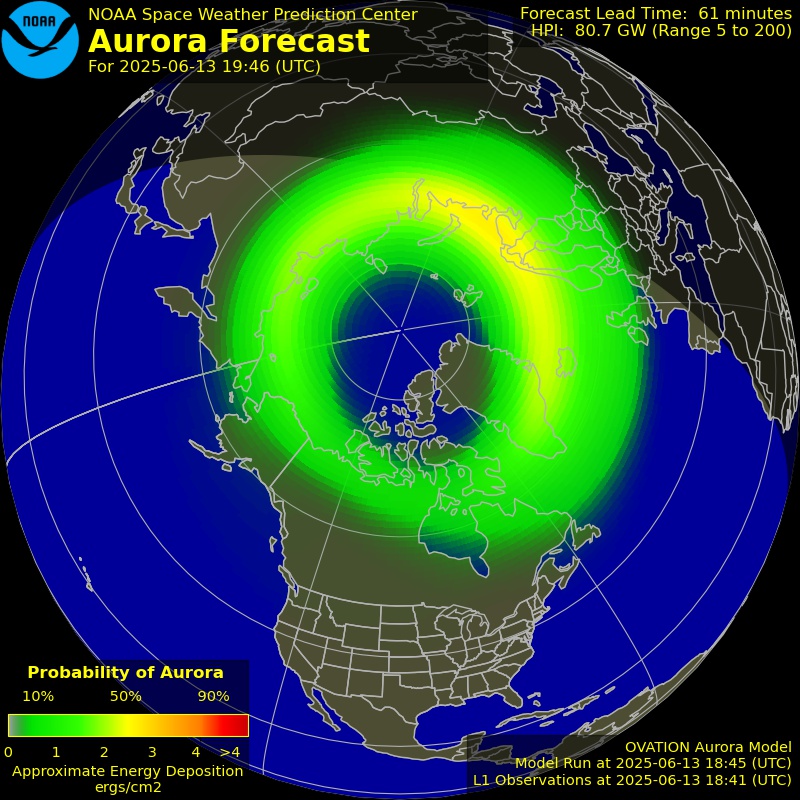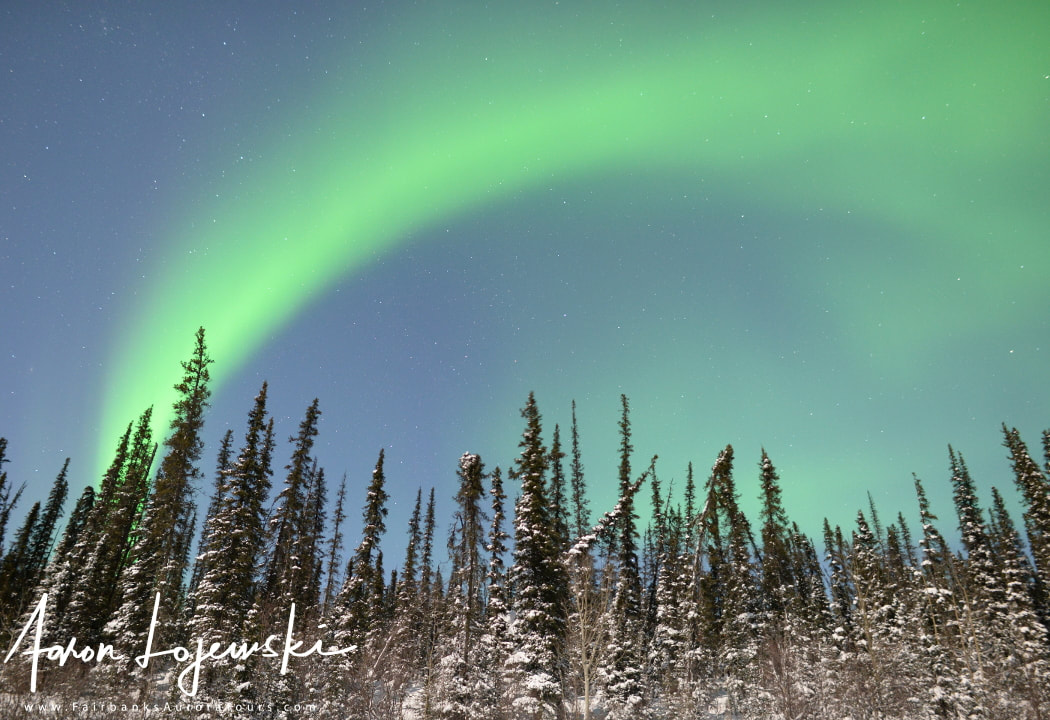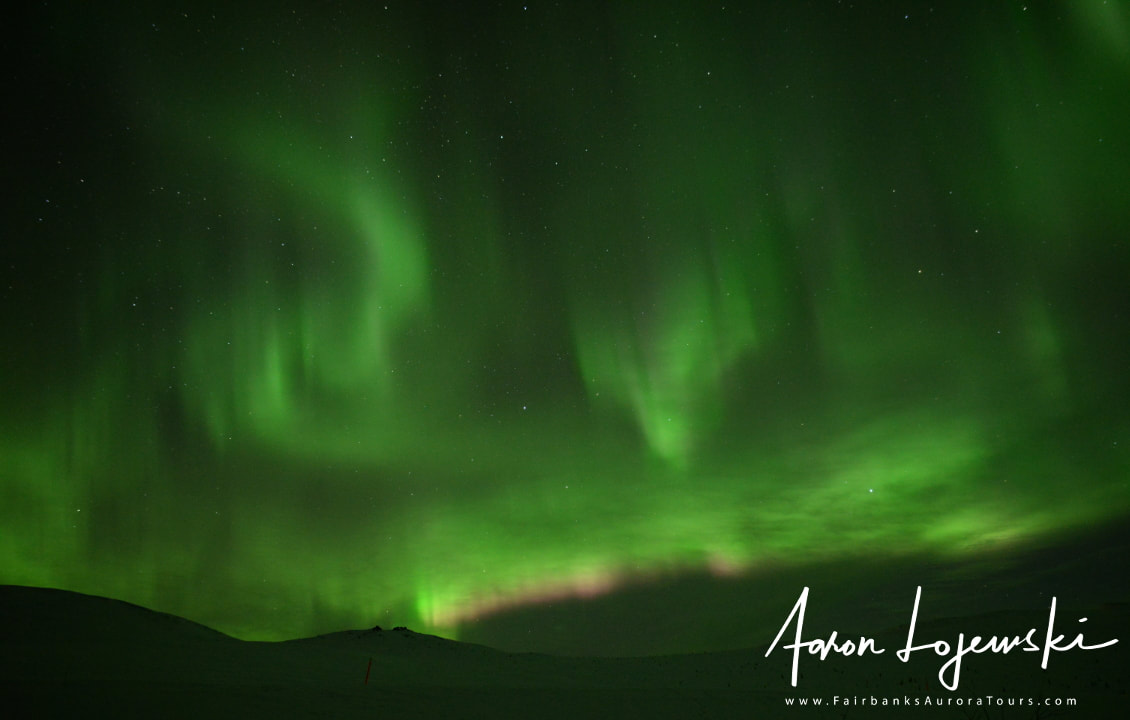Live Solar Wind Data

Ovation Prime Model |
27 Day Outlook NOAA puts out the 27-day outlook. Any forecast more than three days out suffers severely in inaccuracy but if you are making long term plans and want a little help, check it out. It is made in UTC time which is 9 hours off from Alaska. This, and the fact that we care about night time solar winds, which straddle two calendar days, leads to the forecasts often being late by a day for Alaska.
You should consider a 2 to be average to slightly below average and a 3 to be average to above average. Twos and threes are the most common predictions. The University of Alaska Fairbanks Geophysical Institute repackages this same 27-day outlook, the original outlook and UAF's repackaging are both updated only once a week. Would you trust a weather forecast that was updated once a week? It also suffers from the UTC to Alaska time zone problem, making it extremely inaccurate. Making matters worse, it is the first page that comes up if you google "aurora forecast," causing a great disservice to many local would be aurora viewers. It does have other valuable information about the aurora so here is the link if you want to check it out. Other Resources |
What About the Moon?
To understand the moon conditions for anyone given night one must ask themselves 3 questions:
1. Will the moon be in the sky when I want to look for the aurora?
2. If so, at what times will it be above the horizon and when will it be below the horizon?
3. Lastly, if the moon will be up how much of it will be illuminated?
Unfortunately, a traditional moon calendar only answers question #3, the least important of the 3. The moon can be below the horizon for an entire night of aurora viewing and be as much as 80-90% illuminated and can be up in the sky all night long with 1% illumination. Further down on this page we have provided links for our custom moon calendar that answer these questions from an aurora viewers perspective in more detail.
1. Will the moon be in the sky when I want to look for the aurora?
2. If so, at what times will it be above the horizon and when will it be below the horizon?
3. Lastly, if the moon will be up how much of it will be illuminated?
Unfortunately, a traditional moon calendar only answers question #3, the least important of the 3. The moon can be below the horizon for an entire night of aurora viewing and be as much as 80-90% illuminated and can be up in the sky all night long with 1% illumination. Further down on this page we have provided links for our custom moon calendar that answer these questions from an aurora viewers perspective in more detail.
|
Effective no moon to minimal moon conditions for the 2023-2024 season are:
August 21-27, 2023 September 10 - 23, 2023 October 8 - 22, 2023 November 7 - 19, 2023 December 6 - 18, 2023 January 4 - 15, 2024 February 1 - 13 and 29, 2024 March 1 - 13 and 28 - 31, 2024 April 1 - 12, 2024 |
2024-2025 Season Calandar is coming soon.
|
The northern lights can be seen regardless of the moon's phase on an active night. It can be helpful for there to be some moon because the partial moon will light up the landscape for your pictures. Strictly speaking, for viewing purposes only and not photography, it is better to have less moonlight than more. Too much moonlight can make it difficult to see quiet aurora displays with the naked eye. Our tours often get sold out near a new-moon so it is wise to reserve your spot on it as soon as you know you will be traveling.
Near Full-MoonYou can see here that the landscape is very bright, this makes it difficult to see the stars in the photo (they are there) and makes it difficult to do long exposures on the camera because the landscape would be too bright.
|
Partial MoonYou can actually see a 50% illuminated moon as it is setting in this photo. It really nicely lights up the mountainside and moments later it set leaving the landscape in darkness. Pro tip: having a near half moon that sets between 11 pm and 1 am can give you the best of both worlds, moonlight and no moonlight in the same tour.
|
No MoonThis photo was taken on the same tour and only minutes after the half-moon photo. It is equivalent to a new-moon situation. Notice just how dark the ridgeline and mountains are. That saddle you can see in the ridge line on the left is the same one seen in the half-moon picture except in that photo it is on the far right.
|





